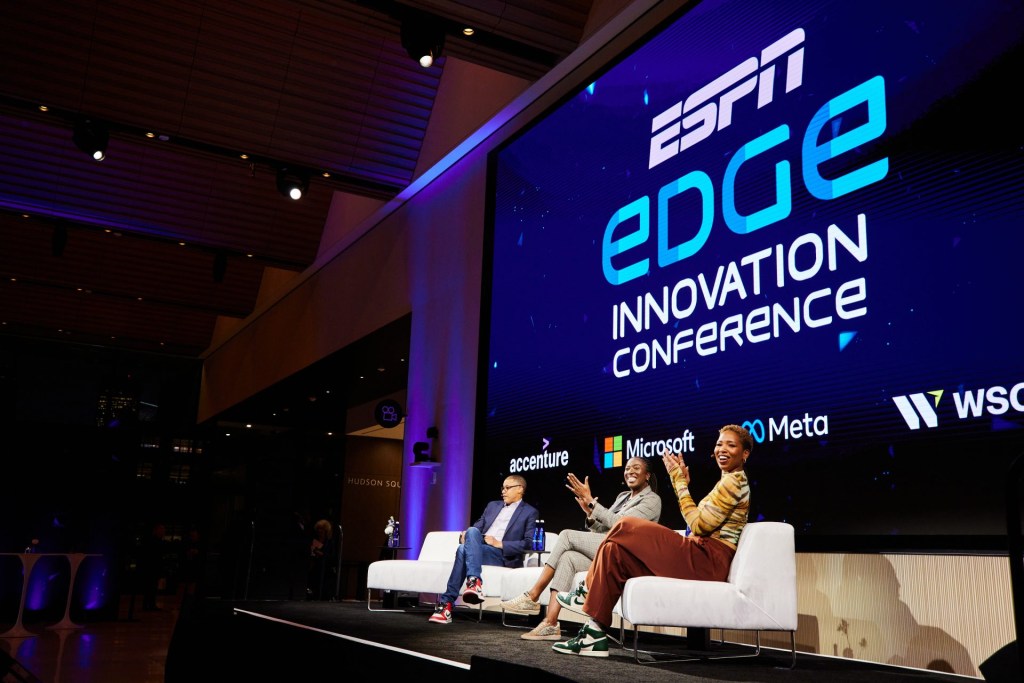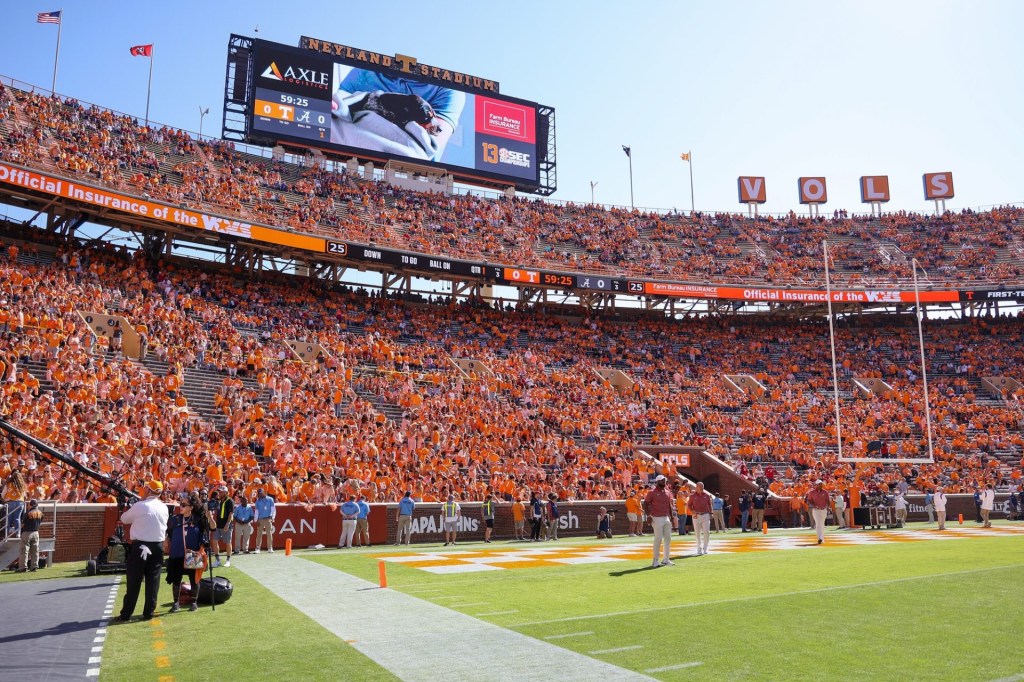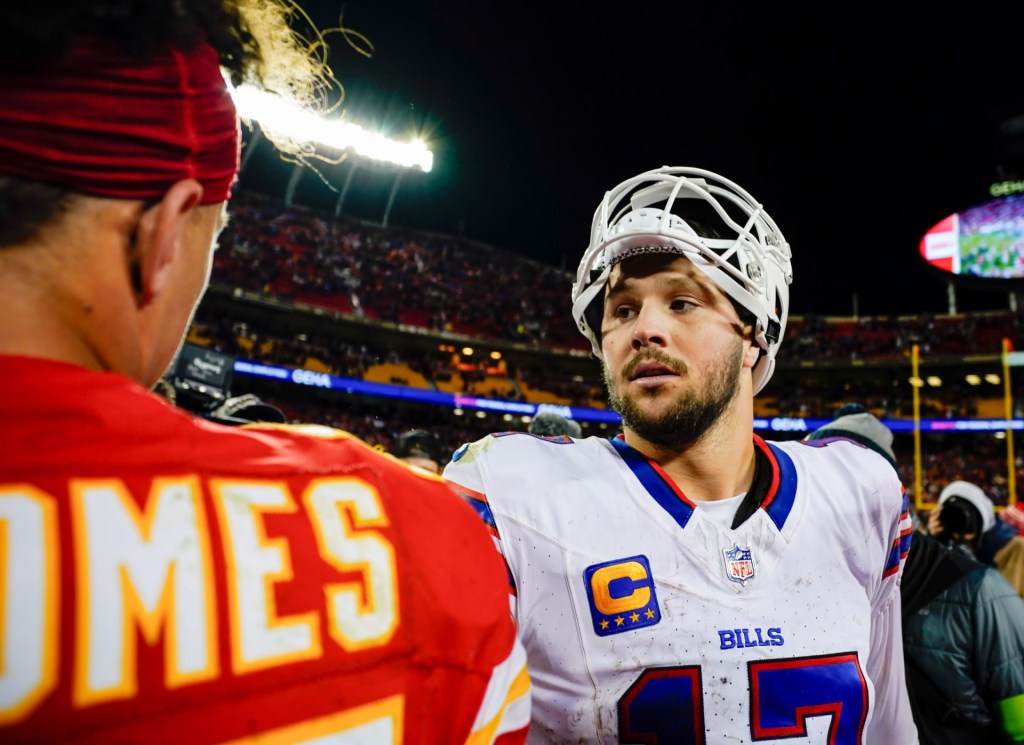It’s a golden age for sports media, with live sports ruling the TV ratings charts, and the NBA and NFL commanding top dollars for their media rights. But behind the scenes, executives fret about the often futile struggle to attract younger fans. It’s an existential problem: If sports media companies and leagues can’t figure out how to replenish their graying fan bases, their lucrative sports-media boom could go bust.
During ESPN’s recent media day in Bristol, communications boss Josh Krulewitz asked chairman Jimmy Pitaro what keeps him up at night. To my surprise, Pitaro did not immediately cite the erosion of the cable TV bundle that made ESPN the most powerful player in sports media. Instead, Pitaro talked about the challenge of “resonating” with younger viewers distracted by Netflix and social media.
“If you ask my direct reports, what it is that’s keeping them up at night, if you ask me, it’s that,” Pitaro said. “If you look at my kids: Netflix, Instagram, TikTok, Fortnite. They’re incredibly distracted. So can we make programs like Get Up and First Take that resonate with younger people?”
It’s a fascinating point by Pitaro. He can pivot from cable TV to streaming. But he can’t conjure younger viewers out of thin air. The hunt for that elusive younger audience now drives industries from sports media to news media to Madison Avenue.
ESPN research shows that Pat McAfee’s impact on younger viewers has been “staggering,” said Pitaro, and very helpful to the overall brand.
It’s why the NFL is so pleased with Amazon Prime Video’s ability to reach younger viewers on Thursday Night Football. As we near the halfway point of the 2024 season, the median age of TNF viewers is 47.7. That’s a full seven years younger than NFL game viewers on linear networks—and 15 years younger than the broadcast prime-time average of 62.5.
It’s part of why the NFL welcomed Swifties with open arms when Taylor Swift began dating Super Bowl champion Travis Kelce of the Chiefs. Their romance brought in millions of young female viewers.
It’s why U.S. presidential candidates Kamala Harris and Donald Trump are doing more interviews with podcasts like Call Her Daddy, The Joe Rogan Experience, Bussin’ With The Boys, All the Smoke, and Club Shay Shay rather than legacy media outlets. As Hollywood legend Jeffrey Katzenberg told Axios about younger voters: “You gotta fish where the fish are. They’re not on cable and they’re not on broadcast. They’re not watching and not listening.”
Possible Solutions
Along the lines of Pitaro, I asked two leading sports executives about the challenges that worry them the most over the next few years.
The first was Horizon Sports & Experiences CEO David Levy. The good news, said Levy, is that live sports—not dramas, comedies, or reality shows—are the last appointment viewing. But he wonders how many media-rights dollars will be left for small to midsize sports after top leagues like the NFL and NBA hoover up most of the fees.
“You may get clearance for your content. But are you going to get paid for that?” asks Levy, who successfully led talks for Unrivaled’s new rights deal with TNT Sports. “If pricing goes up for the top-tier sports, what’s left for the next-level sports? The second-tier, third-tier sports?”
That issue did not impact Unrivaled, since it will tip off with a roster of 30 star players—including possibly Caitlin Clark. But what about start-up leagues that enter the market with no-name players? They’re going to have problems, predicts Levy.
“It seems like there’s going to be the haves and have-nots. It’s not that the have-nots won’t find a place to air. It’s whether they can generate any revenue from that content,” he warns.
I also talked to Sports Media Advisors founder and CEO Doug Perlman. I moderated a panel with Perlman this month at the NAB Show in New York. During our panel, he asked the audience a damn good question: Are younger consumers following sports—but not watching sports?
“Younger people have shorter attention spans. And we know for a fact they have infinite choices in terms of how to spend their time. So there’s tons of things vying for their time. And there are ways they can engage with a sport without spending three hours watching a live event. They can follow it on social platforms. They can get highlights as they happen. They can play fantasy. They can engage with individual athletes and immerse themselves in their fashion taste or musician tastes. They can read trade rumors or draft rumors,” Perlman says.
“So you can spend hours a day, which would have been unheard of not that long ago, engaging with a sport but never sit down and watch a three-hour window. That’s not great. On the one hand, it’s great they know more about the sport than anybody ever used to. But it can’t be monetized the same way. So it’s something everybody has to think about.”
One idea to lure younger viewers is so-called KidsCasts like ESPN’s Simpsons-themed alternative telecast for Monday Night Football on Dec. 9, says Perlman.

















